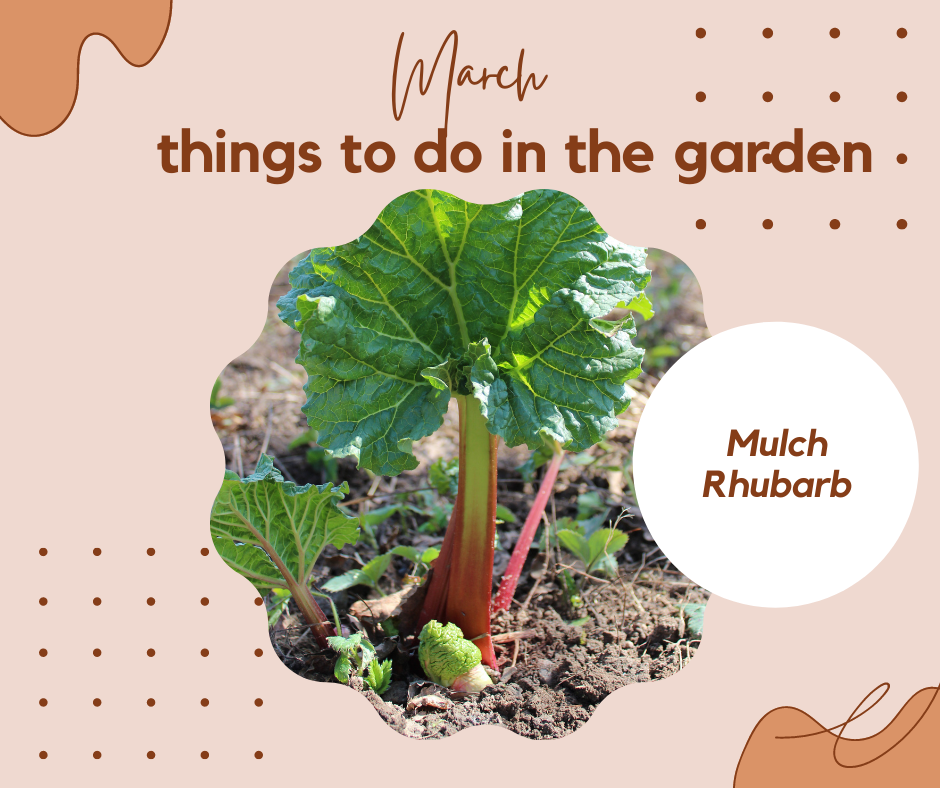
Rhubarb is a fabulous vegetable and easy to grow.
Rhubarb can be grown from seed, though the plants are slower growing than those grown from crowns. Seeds can be planted in March or April either indoors or in directly in the ground.
If sowing indoors, sow in small pots filled with seed compost. The young plants can be transplanted into their final position in autumn or in the following spring. If overwintering in pots, remember to water so that the plants dont dry out completely.
In the spring, apply a mulch of well-rotted garden compost in a layer about 7cm (2½in) deep around the plant. Take care not to bury the crown of the plant. Mulching helps to retain moisture around the plant and adds new nutrients to the soil around the plant.
Each autumn/winter, allow the foliage to die back naturally and cut away the dead leaves to expose the growing points to winter cold. The leaves can be added to compost heaps as the poisonous oxalic acid will break down harmlessly in the composting process.
Rhubarb can best be grown from crowns, which can be obtained by splitting existing crowns. This should be done every five years or so that the plant doesn’t be overcrowded. Use a spade to divide the crown into smaller sections, each with a portion of thickened root and at least one growing point or bud. This is best done between autumn and early spring, while the plant is dormant. Replant the new crowns straight away or wrap in damp sacking until you are ready to plant in an open, sunny site, with moist, free-draining soil.
It is best not to pick any stems in the first year, and only a few in the second year, to allow the plant to get properly established. Only ever take about a third of the plant’s stems, so there are plenty left to keep it in active growth.
